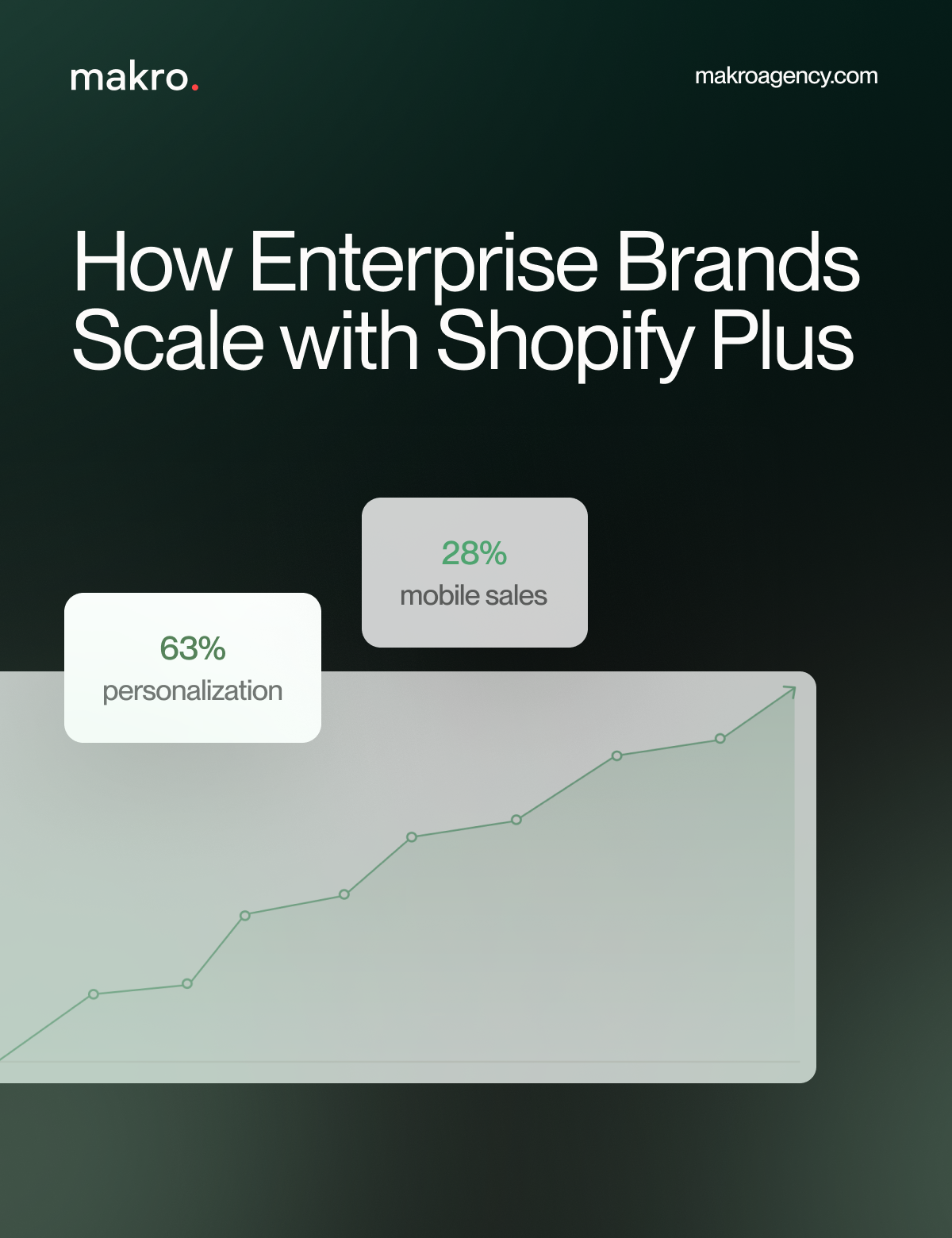Composable Commerce vs. Traditional E-commerce: What You Need to Know
E-commerce businesses today have more choices than ever when it comes to building their online stores. While traditional e-commerce platforms have been the go-to solution for years, a new approach—Composable Commerce—is gaining traction. But how do these two models compare, and which one is best for your business? In this blog, we’ll break down the key differences between composable commerce and traditional e-commerce, helping you determine the right strategy for your online store.
What is Traditional E-commerce?
Traditional e-commerce platforms are monolithic systems that provide an all-in-one solution for online businesses. These platforms include features like product management, checkout, and payments, all within a single software suite. Some well-known examples include Shopify, Magento, and WooCommerce.
Pros of Traditional E-commerce
- Ease of Use: Ready-to-go solutions with pre-built templates.
- Lower Initial Cost: Subscription-based pricing makes it affordable for small businesses.
- Simplified Maintenance: Everything is managed within one platform, reducing complexity.
Cons of Traditional E-commerce
- Limited Customization: Businesses must work within the constraints of the platform.
- Scalability Challenges: As businesses grow, they may outgrow the platform’s capabilities.
- Vendor Lock-In: Businesses rely entirely on one provider for updates, security, and performance.
What is Composable Commerce?
Composable commerce is a modern, modular approach that allows businesses to assemble their e-commerce ecosystem by selecting best-in-class solutions. Instead of being tied to a single platform, businesses can integrate various technologies to create a fully customized online store.
Pros of Composable Commerce
- Full Customization: Businesses can choose the best solutions for each function (e.g., CMS, checkout, search, payments).
- Scalability and Flexibility: Easily adapt to new technologies and scale as needed.
- Better Performance: Optimized solutions ensure faster load times and a better user experience.
Cons of Composable Commerce
- Higher Initial Investment: Requires more setup and development effort.
- Technical Expertise Required: Businesses need a development team or agency to manage integrations.
- More Complex Maintenance: Since multiple services are used, ongoing management is needed.
Key Differences Between Composable and Traditional E-commerce

Which One is Right for Your Business?
- Choose Traditional E-commerce if: You’re a small to mid-sized business looking for a quick and easy solution without much customization.
- Choose Composable Commerce if: You need full control, scalability, and the ability to adapt your technology stack to business needs.
Build custom eCommerce Solutions
Both traditional e-commerce and composable commerce have their own advantages, and the right choice depends on your business goals. If you’re looking for a scalable, high-performing, and flexible solution, composable commerce is the way forward.
Want expert guidance on implementing composable commerce? Makro Agency specializes in building custom e-commerce solutions tailored to your business needs. Contact us today to learn how we can help you create a future-proof online store!











.png)
.png)





















































.png)

.png)



.png)

.png)


